#eugene delacroix
Explore tagged Tumblr posts
Text

Eugène Delacroix (French,1798-1863)
Bathers, 1854
Oil on canvas
818 notes
·
View notes
Text

Eugène Delacroix Femme nue couchée et son Valet, dit aussi Odalisque 1826-29
166 notes
·
View notes
Text
Writing Notes: Finding your Premise

A premise is the 1-2 sentence overview or central idea of your story.
Your premise should introduce your audience to the 5 major story elements.
Essentially, you will tell readers who the main character is, what situation they find themselves in, their objective, what or who they are up against, and the main challenge they will face.
Having a premise in your notes is helpful because it can be used as a guide to keep your writing on track.
EXAMPLE
Simba, heir to the throne (plains), believes he is responsible for his father’s death and vows never to return and bring shame on his mother and pride. But his uncle Scar is running the kingdom into ruins and soon the pride will perish.
Premise Example Breakdown
Character: Simba
Situation: Believes he caused his father’s death and runs away
Objective: To never return home
Who/what they are up against: Uncle Scar
Challenge: Scar is ruining the kingdom
Questions to Consider
Who is your main protagonist / hero? What is their defining characteristic?
What situation do they find themselves in?
What does your character want?
Who or what are they up against?
Where does your story take place? How does that impact your character’s journey?
What is the central conflict of your story? What’s at stake?
Source ⚜ More: Writing Worksheets & Templates Plot ⚜ Character ⚜ Worldbuilding ⚜ Notes & References
#writing notes#premise#on writing#writeblr#fiction#writers on tumblr#spilled ink#dark academia#writing reference#poets on tumblr#writing prompt#poetry#literature#light academia#studyblr#writing inspiration#writing inspo#writing tips#writing ideas#creative writing#eugene delacroix#art#lion#nature#writing resources
129 notes
·
View notes
Photo

Eugéne Delacroix Carta con pinceladas de acuarela.
153 notes
·
View notes
Text
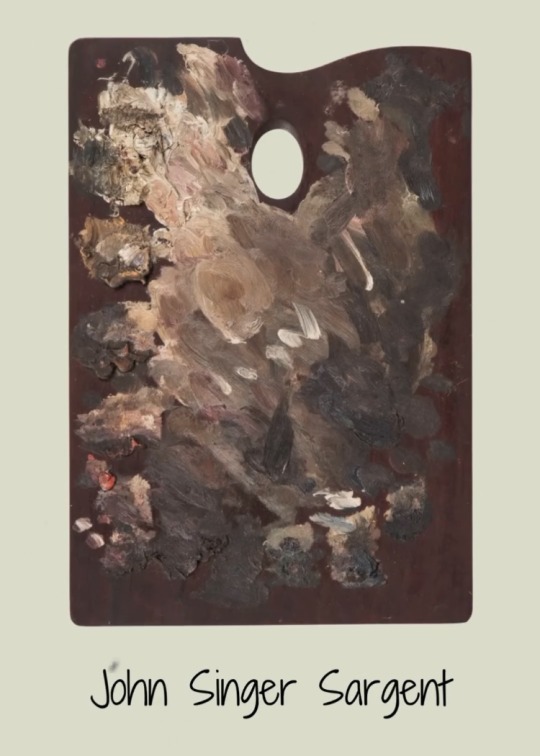
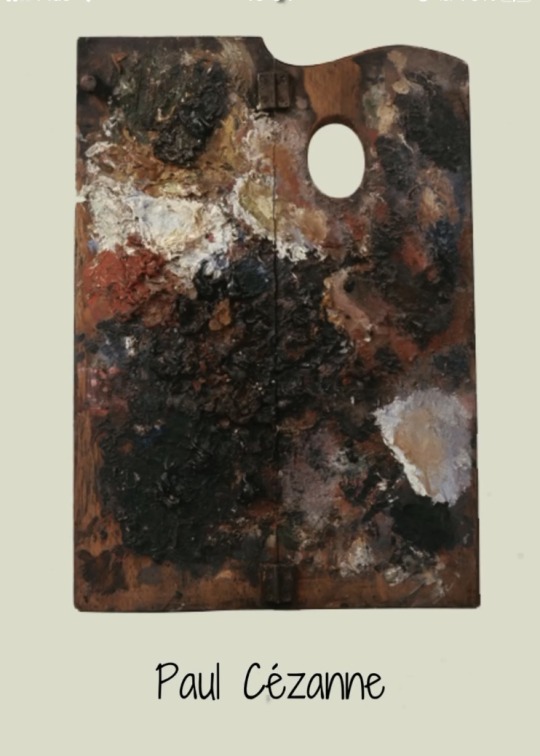
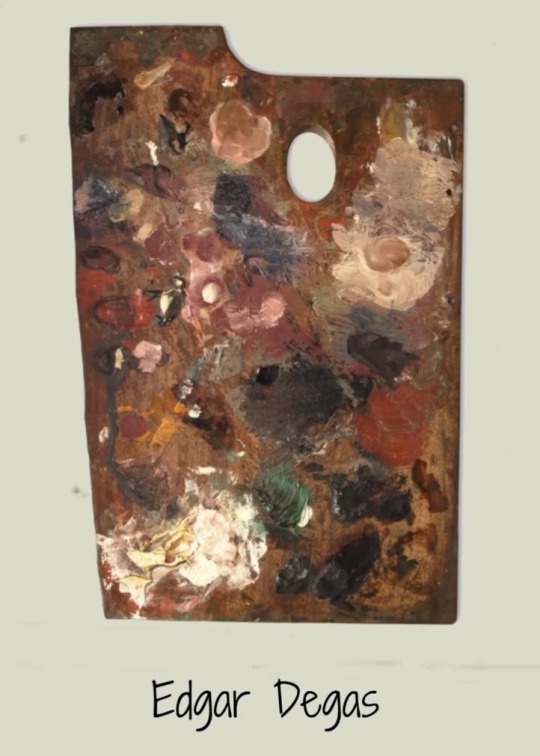
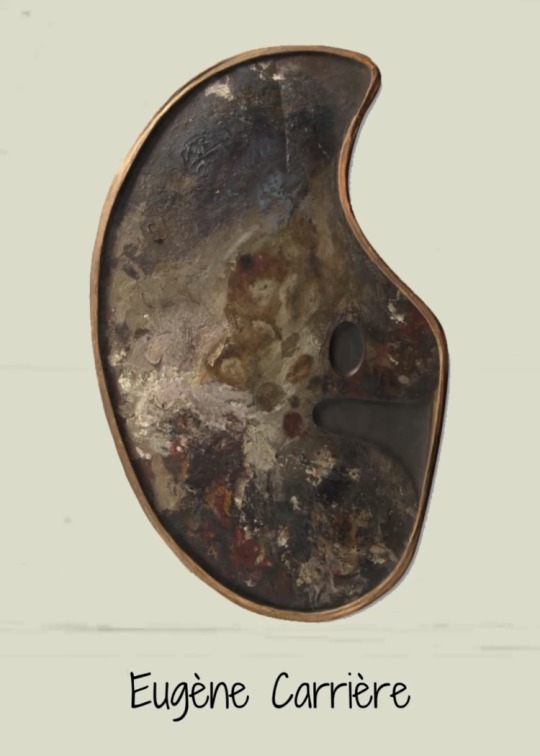
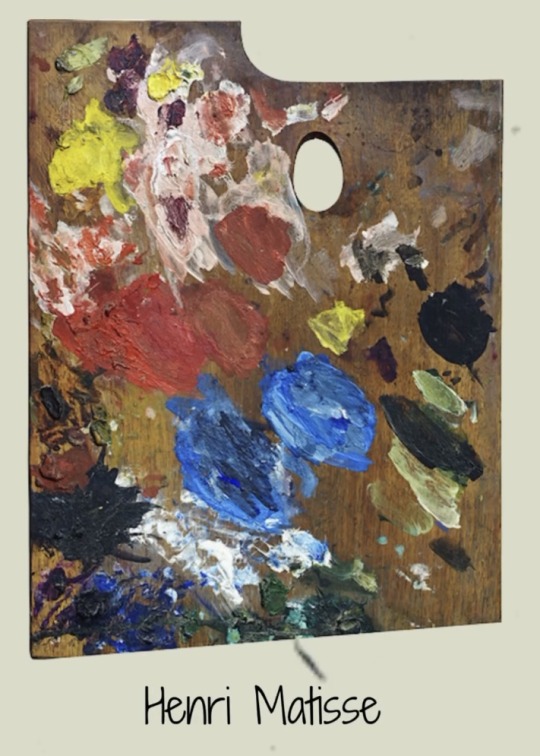
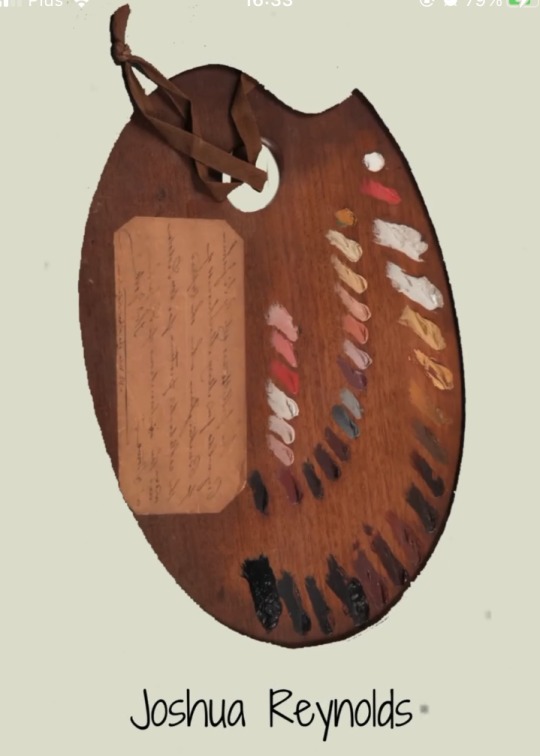
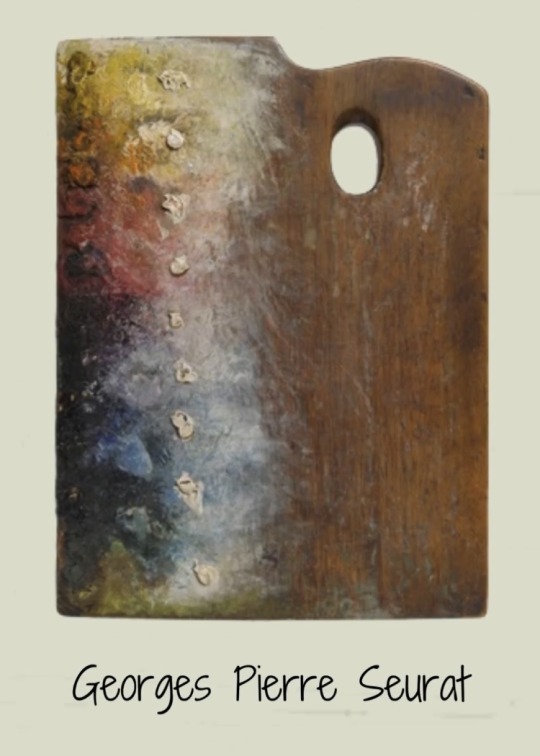
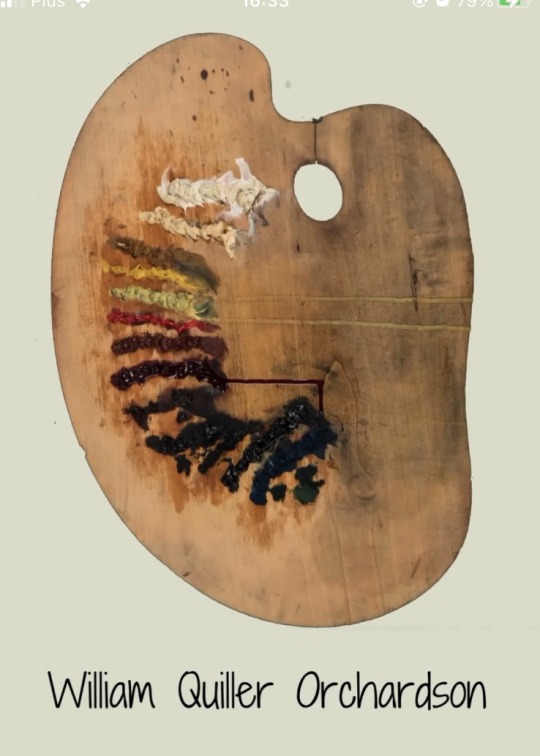
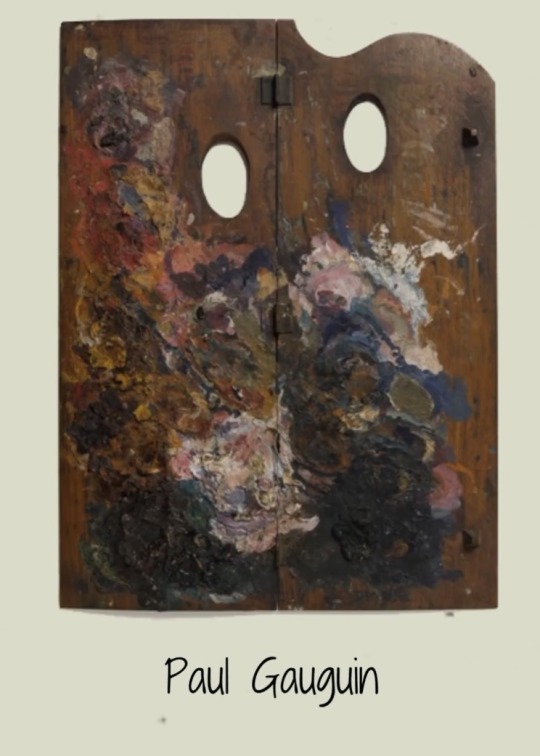
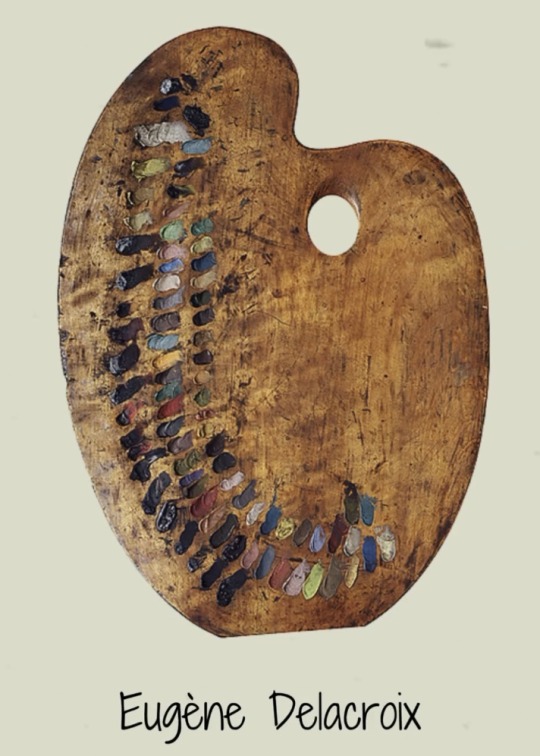
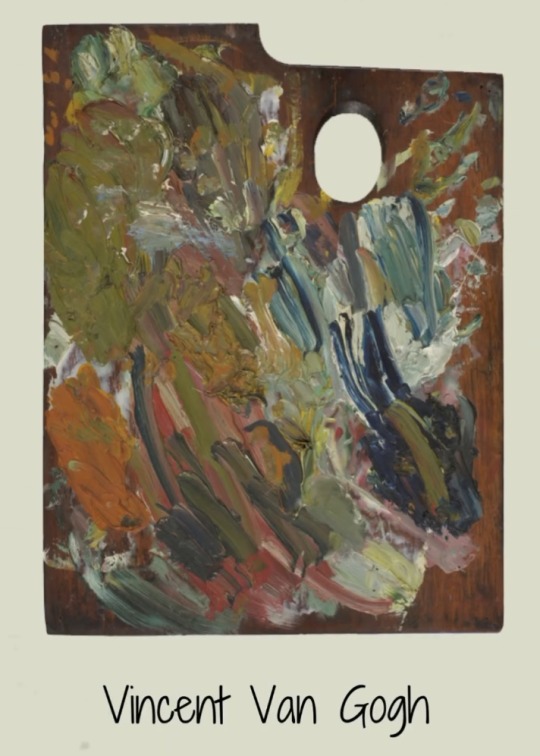
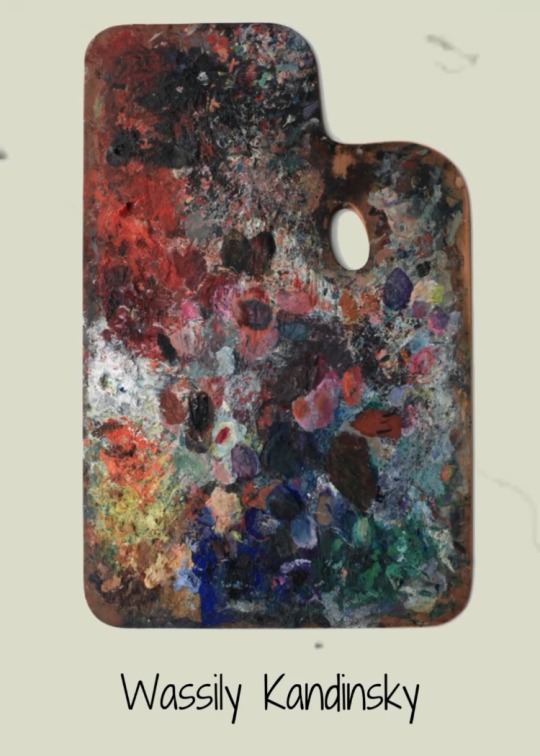
paletts of masters of art
#palette#masters of art#colors#painting#oil painting#van gogh#eugene delacroix#wassily kandinsky#pail gauguin#john singer sargent#paul cezanne#edgar degas#eugene carriere#henri matisse#joshua reynolds#georges pierre seurat
190 notes
·
View notes
Text

#smoked too much now I'm in 1830's Paris#composers#hector berlioz#fryderyk chopin#franz liszt#felix mendelssohn#george sand#eugene delacroix
55 notes
·
View notes
Text
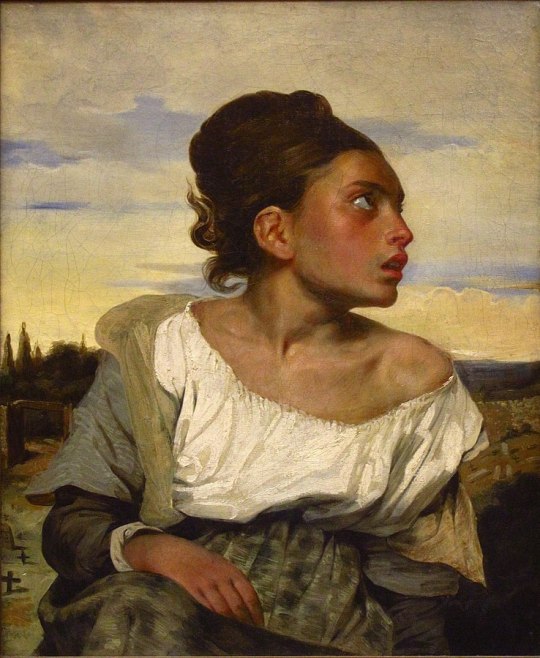
Eugène Delacroix (1798-1863) "Jeune orpheline au cimetière" ("Young orphan at the cemetery") (1824) Oil on canvas Romanticism Located in the clo, Paris, France
#paintings#art#artwork#genre painting#female portrait#eugène delacroix#eugene delacroix#oil on canvas#fine art#romanticism#romantic movement#musée du louvre#musee du louvre#museum#art gallery#portrait of a girl#side profile#clothing#clothes#1820s#early 1800s#early 19th century
218 notes
·
View notes
Text

#art#painting#masterpiece#eugene delacroix#the barque of dante#romanticism#dante et virgile aux enfers 1822#dante and virgil in hell#the river styx#the divine comedy#The Louvre Paris#dante alighieri
92 notes
·
View notes
Text

Dante and Virgil in Hell, Also Known as The Barque of Dante
Artist: Eugène Delacroix (French, 1798–1863)
Date: 1822
Medium: Oil on canvas
Collection: Louvre Museum, Paris, France
Depicted People:
Virgil
Dante Alighieri
Charon
The Barque of Dante
The Barque of Dante, also Dante and Virgil in Hell (Dante et Virgile aux enfers), is the first major painting by the French artist Eugène Delacroix, and is a work signalling the shift in the character of narrative painting, from Neoclassicism towards Romanticism. The painting loosely depicts events narrated in canto eight of Dante's Inferno; a leaden, smoky mist and the blazing City of Dis form the backdrop against which the poet Dante fearfully endures his crossing of the River Styx. As his barque ploughs through waters heaving with tormented souls, Dante is steadied by Virgil, the learned poet of Classical antiquity.
#painting#the barque of dante#oil on canvas#dante and virgil in hell#fine art#literature#dante alghieri#italian poet#literary scene#french art#oil painting#french painter#narrative painting#dante's inferno#river styx#narrative art#romanticism#city of dis#poet dante#barque#tormented souls#virgil#seascape#boat#storm#eugene delacroix#european art
26 notes
·
View notes
Text

La Liberté guidant le peuple de Delacroix
#La Liberté guidant le peuple#Delacroix#Eugene Delacroix#Art#History#Painting#Painter#France#Révolution
49 notes
·
View notes
Text


All the words that have passed between you and me to this point are nothing. The empty exhalations of the grave. The muttering of the wind through two exhumed skulls.
#dark aesthetic#dark art#dark#darkness#darkest academia#goth aesthetic#dark academia#dark desires#gothic#gothic art#eugene delacroix#clan novel tremere#vampire aesthetic#vampire#vampiric
36 notes
·
View notes
Text

Liberty Leading the People (1830) 🎨 Eugene Delacroix 🏛️ The Louvre 📍 Paris, France
Perhaps Delacroix’s most influential and most recognizable paintings, Liberty Leading the People was created to commemorate the July Revolution of 1830, which removed Charles X of France from power. Delacroix wrote in a letter to his brother that a bad mood that had been hold of him was lifting due to the painting on which he was embarking (the Liberty painting), and that if he could not fight for his country then at least he would paint for it. The French government bought the painting in 1831, with plans to hang it in the room of the new king Louis-Philippe, but it was soon taken down for its revolutionary content. Lady Liberty was eventually the model for the Statue of Liberty, which was given to the United States 50 years later, and has also been featured on the French banknote.
Peint de septembre à décembre 1830 dans l'atelier loué par Eugène Delacroix au 15 (actuel n°17 ?) quai Voltaire, à Paris ; envisagé pour la deuxième Exposition au profit des blessés de Juillet 1830, galerie de la Chambre des Pairs (palais du Luxembourg), Paris, janvier 1831 (n° 508 du livret sous le titre "Une Barricade"), en réalité non prêté ; admis par le jury le 13 avril 1831 et exposé au Salon de 1831 (ouvert du 1er mai au 15 août), Paris, Musée royal (Louvre), n° 511 du livret sous le titre "Le 28 juillet. La liberté guidant le peuple" (n° 1380 du registre d'entrée des ouvrages au Salon, sous le titre "La Liberté guidant le peuple au 29 juillet" [sic], aux dimensions de "293 x 358 cm" cadre compris) ; envisagé comme achat de la Liste civile du roi Louis-Philippe Ier, en juillet 1831, au prix de 2 000 francs, finalement acheté à l'artiste par le ministère du Commerce et des Travaux publics en août 1831, au prix de 3 000 francs (en remplacement de la commande à Delacroix, au même prix, d'un tableau d'histoire ayant pour sujet "Le roi Louis-Philippe Ier visitant la chaumière où il logea près de Valmy, le 8 juin 1831", annulée suite au désistement de Delacroix) ; présenté au musée du Luxembourg, Paris, en 1832 et en 1833 (n° 160 du supplément au catalogue du musée) ; mis en réserve vers 1833-1834 ; confié à l'artiste vers 1839 qui le met en dépôt au domicile de sa tante, Félicité Riesener, et de son cousin Léon Riesener, à Frépillon (Val-d'Oise) ; réclamé à l'artiste par la direction des Musées nationaux (ministère de l'Intérieur) en mars 1848 (Delacroix demande à cette occasion une augmentation du prix de 7 000 francs, soit un total de 10 000 francs ; cette augmentation lui est refusée) ; prêté par Delacroix au peintre et entrepreneur lyonnais Alphonse Jame entre mai 1848 et mars 1849, en vue d'être exposé à Lyon, contre 1000 francs (payés en deux versements de 500 francs, le 11 septembre 1849 et le 8 mars 1850) ; rentré à Paris et restitué à l'administration en mars 1849 ; possiblement présenté au musée du Luxembourg, Paris, à partir de juin 1849 jusqu'en 1850 (mais absent du catalogue du musée) ; mis en réserve dans les magasins du musée du Louvre de 1850 à 1855 ; présenté à l'Exposition universelle, Palais de l'Industrie et des Beaux-arts, Paris, 1855, n° 2926 du livret ; mis en réserve dans les magasins des Musées impériaux de 1856 à 1863 ; présenté au musée du Luxembourg, Paris, de 1863 à 1874 ; déplacé du musée du Luxembourg au musée du Louvre en novembre 1874 ; inventorié pour la première fois, sous le n° "R.F. 129", en 1875 et présenté à partir de cette date dans la salle des États au musée du Louvre ; mis en sécurité pendant la Première Guerre mondiale au couvent des Jacobins, à Toulouse (Haute-Garonne) de 1914 à 1918 ; restauré par Lucien Aubert (nettoyage et réintégration de la couche picturale) à Paris en 1920 ; mis en sécurité pendant la Seconde Guerre mondiale au château de Chambord (Loir-et-Cher) en 1939, puis déplacé au château de Sourches, Saint-Symphorien (Sarthe), le 29 septembre 1943 ; rentré du château de Sourches au musée du Louvre, Paris, le 16 juin 1945 ; restauré par Raymond Lepage et Paul Maridat (rentoilage) et par Georges Zezzos (allègement et réintégration de la couche picturale), au musée du Louvre durant l'été 1949 ; présenté au musée du Louvre dans la salle Mollien d'octobre 1949 à 1969, puis en salle Daru de juin 1969 à juin 1994, puis en salle Mollien depuis décembre 1995 ; restauré par David Cueco et Claire Bergeaud (remplacement du châssis, pose de bandes de tension sur les bords de la toile) au musée du Louvre en janvier-février 1999 ; restauré par Bénédicte Trémolières et Laurence Mugniot (nettoyage et réintégration de la couche picturale) au musée du Louvre, d'octobre 2023 à avril 2024.
#Liberty Leading the People#Eugene Delacroix#Romanticism#1830#oil on canvas#painting#oil painting#The Louvre#Paris#France#Musée du Louvre#La Liberté guidant le peuple#french#art#artwork#art history
65 notes
·
View notes
Text

#virginia woolf#eugene delacroix#literature#poetry#quotes#art#death of ophelia#ophelia#painting#dark academia#light academia#life#death#writing#lit
59 notes
·
View notes
Text

Arab Horseman Attacked by a Lion
Artist: Eugène Delacroix (French, 1798–1863)
Date: 1849–1850
Medium: Oil on panel
Collection: Art Institute of Chicago, Chicago, IL, United States
Description
Man and beast intertwine to form a single writhing body in this emotionally charged depiction of a lion attacking a horse and its rider. Through short, energetic brushstrokes and carefully manipulated contrasts of light and shadow, Eugène Delacroix imbued this imagined scene with action and drama. While many artists of the period explored the theme of man versus nature, depictions of Arab men entangled with wild animals served a specific propagandistic function, justifying the brutality of French colonial rule by depicting its subjects as violent and inhuman.
#painting#landscape#horseman#horse#lion#oil on panel#artwork#fine art#french culture#french art#human figure#oil painting#french painter#eugene delacroix#emotional scene#european art#19th century painting#art institute of chicago
23 notes
·
View notes
Text


some small sketches, traditional and digital, to start off 2025 🤍. happy new year!
#fryderyk chopin#eugene delacroix#george sand#I drew these three from memory so forgive my inaccuracy#totentanz art tag
27 notes
·
View notes
Text

delacroix's tiger leroy neiman // neon tiger the killers
#the killers#leroy neiman#lyricsedit#bandsedit#web weaving#musicedit#art#eugene delacroix#lyrics#lyric edit#tkedit#thekillersedit
31 notes
·
View notes